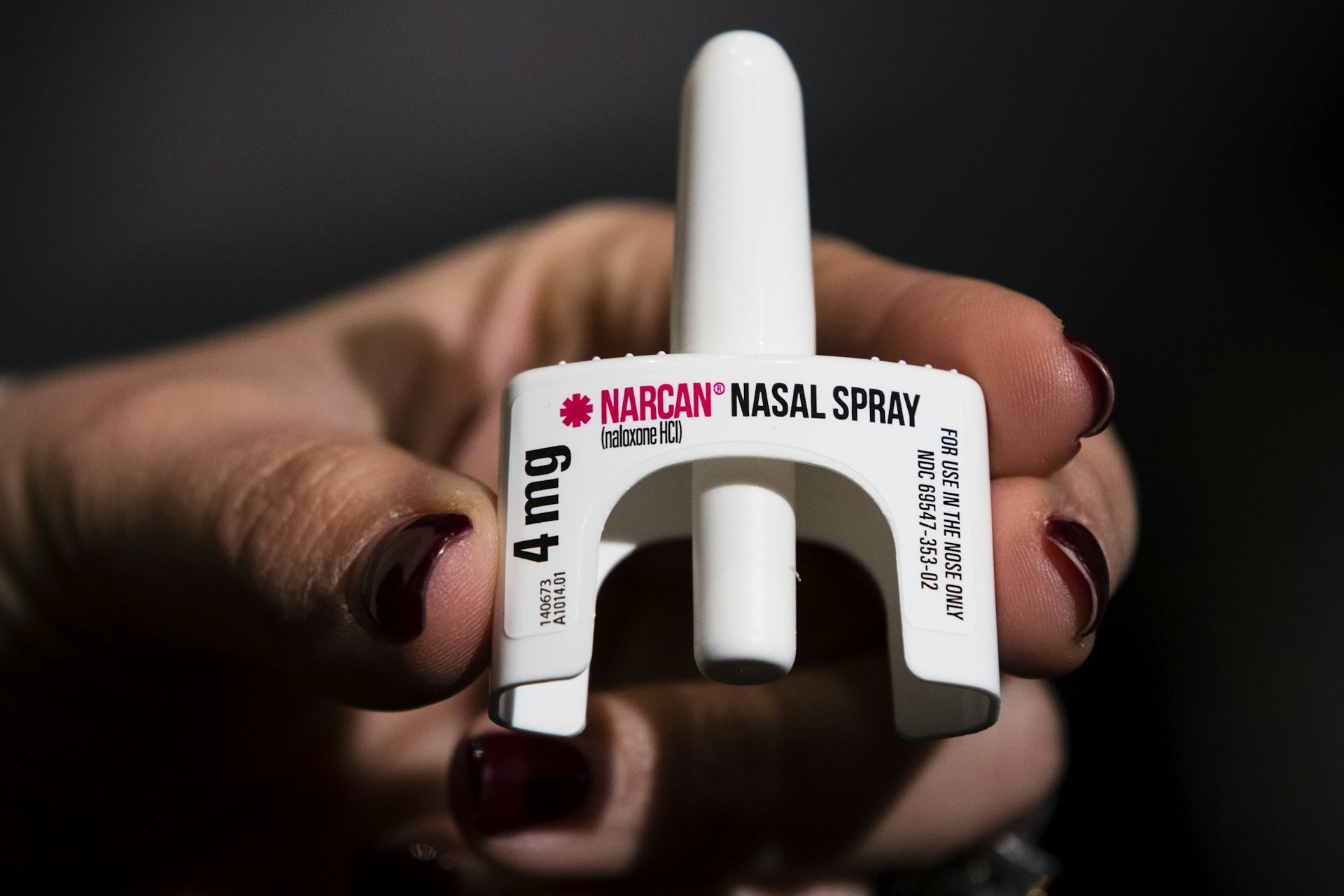Who owns that restaurant? The answer can affect food safety in unexpected ways, researchers find
Ownership structure matters.
Imagine going on a road trip and passing several seemingly identical McDonald’s restaurants. Despite their uniform appearance, their ownership may vary widely: One might be run by a family, another by an individual entrepreneur, and others owned directly by the corporation.
This is possible because McDonald’s, like many other well-known fast-food restaurant chains, operates a under a franchise business model. Franchising allows companies to grow by licensing their brand to independent operators, who then manage day-to-day operations.
Ownership structure can significantly affect performance, profitability and other business outcomes, research shows. As professors who study family businesses, we were curious whether it could also be linked to health and safety outcomes.
We hypothesized that family-operated franchises would receive fewer health code violations compared with nonfamily-operated restaurants. Our reasoning was grounded in previous research showing that family-owned businesses often prioritize maintaining a strong reputation over short-term profits.
To test this, we analyzed health code violations at 1,492 quick-service restaurants across the southeastern U.S., categorizing them across three ownership types: family-owned, lone-founder and corporate-owned. We did this by analyzing public franchise disclosure documents and identifying whether one person, two or more members of the same family, or a parent company was listed as the owner.
The results surprised us. We found that family-owned franchises received more health code violations than both lone-founder and corporate-owned outlets. Family-owned franchises also had more frequent “critical” health code violations, like food contamination contributing to food poisoning.
In contrast, we found that corporate-owned franchises generally performed better in terms of health and safety.
Why would family-run businesses lag behind? We suspect it’s because company representatives visit corporate-run franchises more often, which ensures better compliance with health and safety standards. Lone-founder franchises also showed strong health code performance, possibly due to owners’ high level of personal investment and control.
While family-run franchises often excel at long-term goals – like preserving a family legacy and fostering community ties – our findings suggest they may struggle with day-to-day operational compliance pertaining to health and safety.
Why it matters
This study adds to the research on how different types of franchise ownership can influence performance outcomes – both financial and nonfinancial. It also offers several insights into why family-owned franchises might struggle with operational outcomes.
First, family-owned franchises may lack the frequent oversight that corporate-owned outlets receive, reducing their accountability for meeting health and safety standards.
Second, family-owned franchises may prioritize maintaining family harmony over strictly following rules set down by the head office. This can result in poor performance.
Finally, conflicts can arise when franchisees and franchisors have diverging goals. Research shows that family businesses often emphasize noneconomic goals like long-term reputation maintenance and less external monitoring, and thus generally have more conservative investment preferences. These tendencies run counter to the economic goals of most franchising parent companies.
Ultimately, our findings suggest that family franchisees may need to consider their effectiveness in managing a franchise outlet and for corporate franchisors to be mindful of the ownership form of their franchisees.
What still isn’t known
While our findings provide valuable insights, they are not without limitations. Our study focused on restaurants in a single region of the U.S., so it’s unclear how broadly the results can be applied. Future research should investigate whether these trends hold in other regions, countries and industries, such as retail franchises. Additionally, understanding how geographic distance between franchises and corporate offices influences monitoring could provide further insights.
The Research Brief is a short take on interesting academic work.
The authors do not work for, consult, own shares in or receive funding from any company or organization that would benefit from this article, and have disclosed no relevant affiliations beyond their academic appointment.
Read These Next
Drones, physics and rats: Studies show how the people of Rapa Nui made and moved the giant statues –
The mysteries of Easter Island, subjects of speculation for centuries, yield to scientific inquiry.
As US hunger rises, Trump administration’s ‘efficiency’ goals cause massive food waste
Despite the administration’s claim of streamlining the government to make its operations more efficient,…
Absence of evidence is not evidence of absence – and that affects what scientific journals choose to
Researchers design studies that might disprove what’s called their null hypothesis – the opposite…





